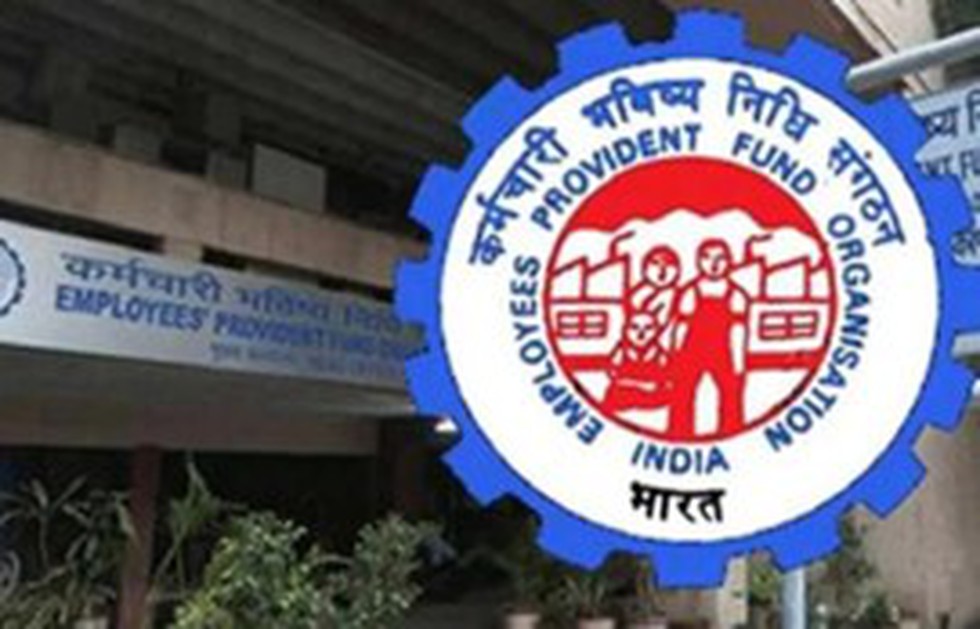About Employees’ Provident Fund Organisation (EPFO)
- It is a statutory bodythat came into existence under the Employees’ Provident Fund and Miscellaneous Provisions Act, of 1952.
- The Act and Schemes framed there under are administered by a tripartite Board known as the Central Board of Trustees, Employees' Provident Fund, consisting of representatives of Government (Both Central and State), Employers, and Employees.
- The Board administers a contributory provident fund, a pension scheme, and an insurance scheme for the workforce engaged in the organized sector in India.
- It is one of the world’s largest organizations in terms of clientele and the volume of financial transactions undertaken by it.
- The Board is assisted by the Employees’ PF Organization (EPFO), consisting of offices at 122 locations across the country.
- The EPFO is under the administrative control of the Ministry of Labour and Employment, Government of India.
- The Board operates three schemes, namely:
- The Employees' Provident Funds Scheme 1952 (EPF) and its features
- Accumulation plus interest upon retirement and death.
- Partial withdrawals allowed for education, marriage, illness, and house construction.
- Housing scheme for EPFO members to achieve the Prime Minister’s vision of Housing for all by 2022.
- The Employees' Pension Scheme 1995 (EPS) and its features
- The monthly benefit for superannuation/benefit, disability, survivor, widow(er), and children.
- Minimum pension of disablement.
- Past service benefit to participants of the erstwhile Family Pension Scheme, 1971.
- The Employees' Deposit Linked Insurance Scheme 1976 (EDLI)
- The benefit is provided in case of the death of an employee who was a member of the scheme at the time of death.
- The benefit amount is 20 times the wages, a maximum benefit of 6 Lakh.
